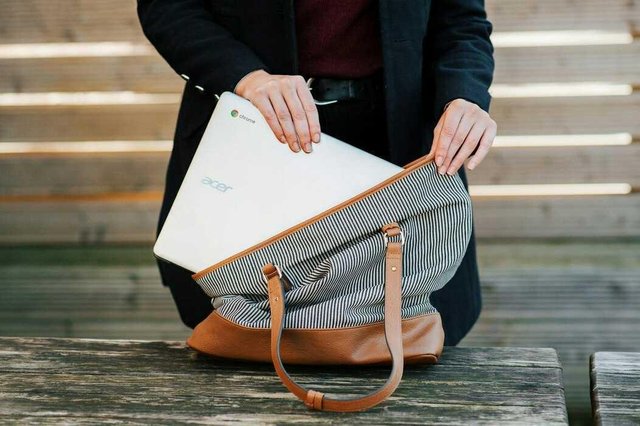SuitX is cutting down the cost of automated exoskeletons
The front of SuitX's East Bay central command is an unfilled room. No front counter, no furniture — it's about as unassuming as mechanical autonomy office spaces get. Until further notice, it's a trial space, where point of view customers can experiment with the startup's delicate apply autonomy exoskeletons face to face, to check whether they'll satisfy their particular modern or therapeutic needs.
source
The Clinical Room
Through one entryway is the clinical room. It's an all-void area that resembles some spending motion picture endeavor at a specialist's office. It's here that we see a mostly deadened man walk gradually, however emphatically, over the room, with the assistance of the Phoenix secluded exoskeleton and a walker, as his significant other looks on, radiating.

source
Through the other entryway is considerably nearer to what you'd anticipate from such an organization: a colossal distribution center territory that serves as an office and testing space. Walk more distant, and you'll see the assembling region, where representatives construct gadgets on gigantic modern apparatus and bundle them up to convey.
The space is somewhat littler, however comparative in look and feel to that of close-by Ekso Bionic. The way that the startup's main rival in the realm of delicate mechanical exoskeletons is a unimportant 20-minute head out is no happenstance, obviously. The organizations share establishes in UC Berkeley's Robotics and Human Engineering Laboratory — and a typical fellow benefactor, Homayoon Kazerooni, whose initiative has earned the office the warm moniker, the "Kaz-Lab."
The Startups
In the same way as other new businesses in the mechanical autonomy world, the lab's exoskeleton work was produced for the advantage of the military. The making of a lightweight, wearable mechanical gadget could enable fighters to alleviate a portion of the strain of hauling goliath packs long separations over harsh territories.

source
Be that as it may, Kazerooni's work has at last demonstrated valuable for different features of life. "The organization began with four graduate understudies," fellow benefactor and VP of Engineering Wayne Tung told TechCrunch. "With Professor Kazerooni, that is five fellow benefactors. We dealt with essentially the restorative exoskeleton, and he persuaded us to remain around to begin this organization together. It step by step developed into mechanical."
SuitX intends to separate itself with valuing. On the restorative side of the range, the organization trusts that a more affordable and more versatile variant of its offering will enable the organization to stretch out past active recuperation focuses.
Phoenix Is Cheap?
At $40,000 the Phoenix isn't precisely modest, however it's as yet a small amount of the $100,000 soliciting cost from contending frameworks.
"We extremely centered around straightforwardness, appropriate from the earliest starting point," says Tung. "Driving the cost down, so more individuals can approach these gadgets. On the off chance that you have an okay gadget that expenses $100,000, not many individuals can approach them. On the mechanical side, we're concentrating principally on back wounds, leg wounds and shoulder wounds with the BackX.

source
It's intended to help the heaviness of the client's abdominal area and whatever weight he's holding, exchanging that weight to the legs, bypassing damage inclined back muscles.
Are you a woman? Come on join us!